Home>Articles>15 Patio Design Tips For A Charming Outdoor Space
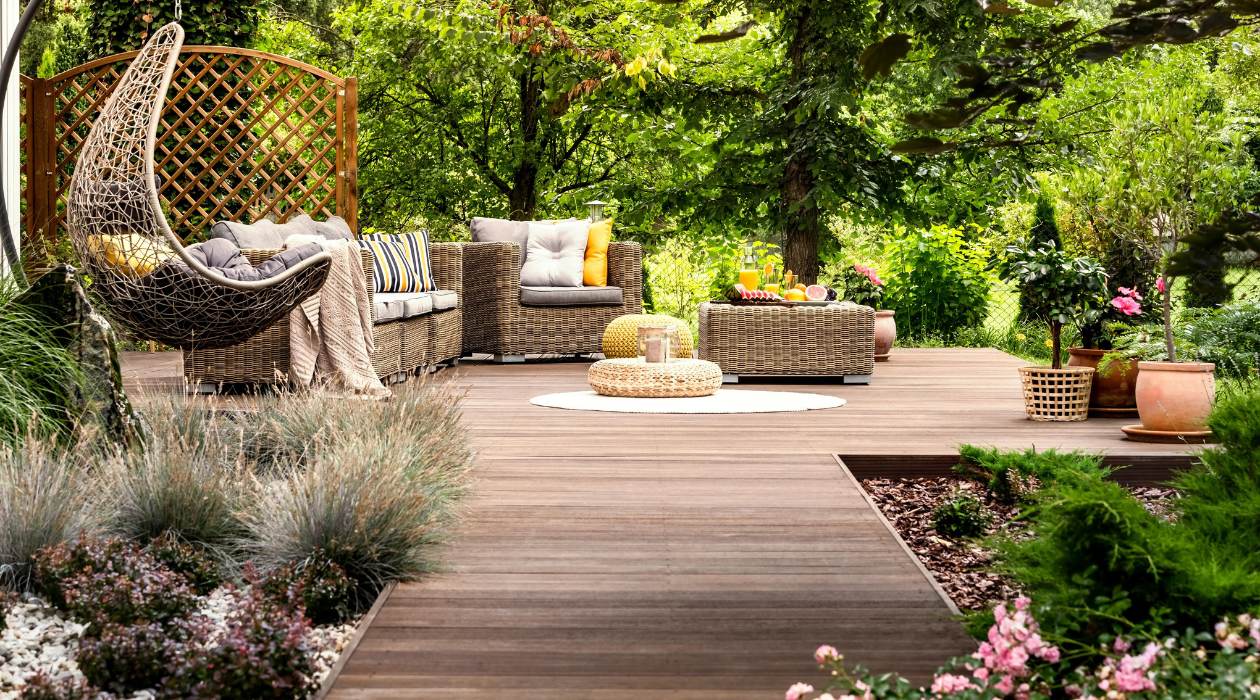

Articles
15 Patio Design Tips For A Charming Outdoor Space
Modified: January 5, 2024
Discover 15 charming patio design tips and transform your outdoor space with these helpful articles.
(Many of the links in this article redirect to a specific reviewed product. Your purchase of these products through affiliate links helps to generate commission for Storables.com, at no extra cost. Learn more)
Introduction
Welcome to the world of outdoor living! A well-designed patio can be the perfect extension of your home, providing a charming outdoor space for relaxation, entertainment, and quality time with family and friends. Whether you have a large backyard or a cozy balcony, a carefully planned patio design can transform your outdoor area into a haven of comfort and style.
In this article, we will provide you with 15 patio design tips to help you create a space that is both functional and visually appealing. From determining the purpose of your patio to selecting the right materials, incorporating comfortable seating, and adding the finishing touches, we’ve got you covered!
So, grab a cup of coffee, sit back, and let’s dive into the world of patio design!
Key Takeaways:
- Designing a charming patio involves determining its purpose, selecting the right materials, incorporating comfortable seating, adding shade and lighting, and creating privacy. By carefully planning and considering these elements, you can transform your outdoor space into a haven of comfort and style.
- Paying attention to the overall aesthetics and style of your patio is crucial for creating a visually stunning outdoor space. By choosing the right materials, adding greenery, incorporating water features, and enhancing the ambiance with lighting and accessories, you can design a patio that reflects your personal style and provides a welcoming retreat for relaxation and entertainment.
Tip 1: Determine your patio’s purpose
The first step in designing a charming outdoor space is to determine the purpose of your patio. Do you envision it as a cozy retreat for relaxation and solitude? Or perhaps a vibrant entertaining area for hosting barbecues and parties? Understanding how you intend to use your patio will guide the design process and help you make informed decisions.
If relaxation is your primary goal, consider creating a serene oasis with comfortable seating options, such as lounge chairs or a hammock. Incorporate elements that promote tranquility, such as a small water feature or a Zen garden. On the other hand, if you plan on hosting gatherings, focus on creating ample seating and open space for mingling and socializing.
Understanding your patio’s purpose will also help you determine its size and layout. A larger patio may be necessary for hosting larger groups, while a smaller patio may be sufficient for intimate gatherings or personal relaxation. Take into consideration the available space in your outdoor area, as well as any existing features you want to incorporate, such as outdoor kitchen or fireplace.
Once you have a clear idea of your patio’s purpose, you can move on to the next step of the design process with confidence and clarity. Keep your patio’s purpose in mind throughout the planning and execution stages to ensure that the end result aligns with your vision.
Tip 2: Consider the size and shape of your patio
When designing your patio, it is crucial to consider the size and shape of the space. These factors will determine how much seating, dining area, and other features you can incorporate into the design while maintaining a comfortable and balanced layout.
Start by taking accurate measurements of your patio area. This will help you determine the square footage and consider any limitations or constraints that may impact the design. Take note of any architectural features, such as walls, fences, or trees, that may affect the layout of your patio. Be sure to leave enough space for pathways and circulation to ensure that the patio is easy to navigate.
In addition to size, consider the shape of your patio. Is it a square, rectangle, or something more irregular? The shape will influence the placement of furniture and other elements. For example, a long, narrow patio may benefit from creating distinct zones or using linear furniture arrangements, while a round patio can be enhanced with a central focal point, such as a fire pit or water feature.
Keep in mind the overall scale and proportion of your patio in relation to your outdoor space. A large patio in a small backyard can feel overwhelming, while a tiny patio in a large yard may appear insignificant. Strive for a balanced design that complements the surrounding landscape and creates a harmonious flow.
By carefully considering the size and shape of your patio, you can make informed decisions about the layout and placement of furniture, accessories, and other features. This will help create a functional and visually appealing outdoor space that maximizes the potential of your patio area.
Tip 3: Choose the right materials for your patio
Choosing the right materials for your patio is essential for creating a durable, functional, and aesthetically pleasing outdoor space. The materials you select should not only complement your home’s architecture and style but also withstand the local climate and provide the desired level of maintenance.
One of the most popular options for patio flooring is pavers. These durable and versatile materials come in various colors, textures, and sizes, allowing you to create a unique look and feel for your patio. Concrete is another cost-effective and low-maintenance option that can be customized with different patterns, colors, and finishes.
If you prefer a more natural look, consider using natural stone, such as flagstone or slate. These materials exude elegance and can add timeless appeal to your patio design. Keep in mind that natural stone may require more maintenance, including sealing, to keep it looking its best.
Wood is another popular patio material that offers warmth and character to outdoor spaces. Hardwood, such as teak or cedar, is highly resistant to rot and decay, making it an excellent choice for durability. However, wood does require regular sealing and maintenance to protect it from the elements.
In addition to the flooring material, consider the materials for your patio furniture. Choose materials that are weather-resistant and can withstand the outdoor elements. Aluminum, wrought iron, and all-weather wicker are popular choices for their durability and ability to resist rust and fading.
Lastly, don’t forget to consider the materials for any additional features you plan to include in your patio design, such as pergolas, fire pits, or outdoor kitchens. These features can be constructed using materials that complement the overall design and provide the necessary functionality and durability.
By carefully selecting the right materials for your patio, you can create a space that not only looks stunning but also stands the test of time. Consider factors such as durability, maintenance requirements, and compatibility with your desired design aesthetic to make the best choices for your outdoor oasis.
Tip 4: Incorporate comfortable seating options
One of the key elements of a charming patio design is comfortable seating. After all, you want your outdoor space to be a place where you can relax and unwind. When choosing seating options for your patio, prioritize comfort without compromising on style.
Start by considering the number of people you typically entertain or the size of your family. This will help you determine how much seating you need. If you have limited space, consider multifunctional pieces, such as benches with built-in storage or ottomans that can double as extra seating.
Investing in quality outdoor furniture is crucial for both comfort and longevity. Look for materials that are weather-resistant and durable, such as aluminum, teak, or all-weather wicker. Cushions and pillows made from fade-resistant and water-resistant fabrics will ensure that your seating remains comfortable and attractive even after exposure to the elements.
Consider the different seating options available and choose ones that suit your needs and preferences. Lounge chairs are perfect for sunbathing or relaxing with a good book, while sofas and sectionals offer ample seating for larger gatherings. Adirondack chairs provide a classic and comfortable seating option, and hammocks offer a unique and relaxing way to enjoy your patio.
Don’t forget to add accessories and accents to enhance the comfort of your seating area. Outdoor rugs can add warmth and define the space. Side tables and coffee tables not only provide a convenient place to set drinks or snacks but also add a touch of functionality and style.
When arranging your seating, consider the flow and layout of your patio. Create conversation areas by grouping furniture together, and ensure that there is enough space for people to move comfortably around the seating area. Add shade options like umbrellas or a pergola to protect you from the sun and increase comfort.
By incorporating comfortable seating options into your patio design, you’ll create a cozy and inviting outdoor space where you can kick back, relax, and enjoy the beauty of your surroundings.
Tip 5: Add a dining area for outdoor meals
One of the greatest joys of having a patio is the opportunity to dine al fresco. Adding a dining area to your outdoor space allows you to enjoy meals in the fresh air, surrounded by nature and the beauty of your patio design.
When designing your outdoor dining area, start by considering the size and shape of your patio. Determine how much space you can dedicate to the dining area without compromising on the functionality and flow of the space. A larger patio may accommodate a full-sized dining set, while a smaller one may require a compact bistro table or a built-in dining bench.
Choose a dining set that not only fits your patio’s size but also matches your preferred style and aesthetic. Options range from classic wrought iron tables and chairs to modern rattan or teak sets. Consider the materials that are durable and weather-resistant, ensuring that your outdoor dining furniture can withstand the elements.
Make sure to provide shade for your dining area, especially during hot summer months. This can be achieved by placing your dining set under a pergola or umbrella, or by using shade sails or canopies. This not only protects you and your guests from the sun but also adds a touch of elegance and comfort to your dining experience.
Add some personal touches to make your dining area inviting and enjoyable. Outdoor lighting, such as string lights or lanterns, can create a magical ambiance for evening meals. Consider adding a bar cart or a buffet table for convenient serving and storage of food and drinks. And don’t forget to decorate your dining area with outdoor-friendly table settings, such as tablecloths, placemats, and colorful cushions.
By incorporating a dining area into your patio design, you’ll have the perfect space to savor delicious meals, entertain guests, and create lasting memories. Whether it’s a casual breakfast, a cozy dinner for two, or a festive gathering with friends, your outdoor dining area will become the heart of your patio.
Tip 6: Create shade with umbrellas or pergolas
When designing your patio, it’s essential to consider ways to provide shade and protection from the sun. Adding shade to your outdoor space not only enhances comfort but also creates a cozy and inviting atmosphere. Umbrellas and pergolas are two popular options for creating shade in your patio design.
Umbrellas are a versatile and easy-to-use option for adding shade to your patio. They come in various sizes, styles, and colors, allowing you to find the perfect match for your outdoor space. Whether you opt for a freestanding umbrella or a cantilevered one, make sure it provides ample coverage for your seating and dining areas.
Pergolas, on the other hand, offer a more permanent and architectural shade solution. These structures consist of posts and beams supporting an open lattice or crossbeam roof. Pergolas can be customized to fit your patio’s size and style, and they provide a beautiful focal point in your outdoor space. You can also train vines or climbing plants to grow on the pergola, adding natural shade and beauty.
When choosing between umbrellas and pergolas, consider factors such as the size and layout of your patio, as well as your personal preferences. Umbrellas are more flexible and can be easily moved or adjusted to accommodate changing shade needs. Pergolas, on the other hand, offer a more permanent and architectural element to your patio design.
In addition to providing shade, both umbrellas and pergolas can be enhanced with additional features. Install LED lights or string lights on your umbrella or pergola to create an inviting ambiance for evening gatherings. You can also add curtains or shade sails to further enhance privacy and protection from the sun.
Remember to position your umbrellas or pergolas strategically to provide shade where it’s needed most. Consider the path of the sun throughout the day and place your shade structures accordingly. This will ensure that you have shade during the hottest parts of the day, allowing you to enjoy your patio comfortably.
Adding shade with umbrellas or pergolas not only provides relief from the sun’s rays but also adds a stylish and functional element to your patio design. Whether you choose a portable umbrella or an elegant pergola, creating shade will make your outdoor space more inviting for relaxation, entertaining, and enjoying the beauty of nature.
Tip 7: Incorporate lighting for ambiance and functionality
When designing your patio, don’t overlook the importance of lighting. Proper lighting not only enhances the ambiance of your outdoor space but also adds functionality, allowing you to enjoy your patio well into the evening hours. Incorporating different types of lighting can create a warm and inviting atmosphere while ensuring safety and convenience.
Start by considering the overall style and mood you want to achieve in your patio. Do you prefer a cozy and intimate setting or a bright and vibrant space? This will help guide your choice of lighting fixtures and placement. There are various options to choose from, including string lights, lanterns, sconces, and pathway lights.
String lights are a popular choice for creating a magical and whimsical ambiance. Hang them overhead or drape them along fences or pergolas to add a warm and inviting glow to your patio. You can find string lights in different colors, shapes, and sizes to match your desired aesthetic.
Lanterns and sconces can create a charming and elegant atmosphere while providing practical lighting. Place them strategically around your patio for both safety and visual appeal. Consider using LED candles or solar-powered lights for a low-maintenance and eco-friendly option.
Pathway lights are not only functional but also add a touch of sophistication to your outdoor area. They can guide guests safely through your patio and enhance the overall appearance of your landscape. Choose from different styles, such as solar-powered or low-voltage options, depending on your needs and preferences.
In addition to decorative lighting, consider incorporating task lighting for functional purposes. Install lights near cooking areas, grills, or outdoor kitchens to ensure visibility for food preparation. Directional spotlights can also be used to highlight focal points in your patio design, such as sculptures or architectural features.
Don’t forget to add lighting controls to your patio design. Install dimmers or timers to adjust the intensity of the lights and create different moods throughout the evening. This allows you to customize the ambiance based on the occasion or desired atmosphere.
By incorporating a variety of lighting options into your patio design, you can create an enchanting and functional outdoor space. Whether you’re hosting a dinner party or simply enjoying a quiet evening outdoors, proper lighting will set the mood and make your patio a welcoming retreat any time of day.
Tip 8: Add greenery with plants and flowers
No patio design is complete without the addition of plants and flowers. Incorporating greenery not only adds beauty and color to your outdoor space but also creates a sense of tranquility and connection with nature. Whether you have a small balcony or a spacious backyard, there are countless ways to introduce plants into your patio design.
Start by assessing the amount of sunlight your patio receives. This will help you determine the types of plants that are suitable for your space. If you have a sunny patio, opt for sun-loving plants such as succulents, geraniums, or herbs like rosemary and basil. For shady areas, choose shade-tolerant plants like hostas, impatiens, or ferns.
Consider the size and scale of your patio when selecting plants. For smaller spaces, choose compact plants or utilize vertical gardening techniques, such as hanging plants or trellises. This will maximize your greenery without overpowering the area. In larger spaces, you have the luxury of incorporating a mix of tall, medium, and low-lying plants for a layered and more lush effect.
Don’t limit yourself to traditional flower beds or pots. Get creative with the placement and arrangement of your plants. Consider vertical gardens using wall-mounted planters or create a herb garden using window boxes or hanging baskets. Mixing different plant types and textures will add visual interest and depth to your patio design.
In addition to plants, consider adding larger potted trees or shrubs to create a focal point or establish a sense of privacy. Trees like Japanese maples or potted palms can provide shade and a touch of serenity to your patio.
When selecting containers, choose ones that enhance your patio’s style and complement the plants. From rustic terracotta pots to sleek modern planters, there are endless options to match your desired aesthetic. Ensure that your containers have proper drainage to help maintain the health of your plants.
Remember to maintain and care for your plants regularly. Water them according to their specific needs, provide adequate sunlight, and trim or prune as necessary. This will keep them healthy and flourishing throughout the seasons.
Adding greenery with plants and flowers will breathe life into your patio design. The presence of nature will create a refreshing and inviting atmosphere, making your outdoor space feel like a tranquil oasis where you can relax and rejuvenate.
When designing your patio, consider the layout and flow of the space to ensure easy movement and accessibility for all furniture and activities.
Tip 9: Incorporate water features for a calming effect
Want to create a serene and tranquil atmosphere in your patio? Consider incorporating water features into your design. From fountains to ponds, water features add a soothing element to your outdoor space, transforming it into a serene sanctuary where you can relax and rejuvenate.
Fountains are a popular choice for adding the calming sound of flowing water to your patio. They come in various sizes and styles, from wall-mounted fountains to freestanding sculptures. Choose a fountain that fits your patio’s scale and complements your design aesthetic. The sound of the water cascading can drown out background noise and create a sense of peace and tranquility.
If you have a larger outdoor area, consider adding a pond or a small water garden. These features not only provide a visually stunning focal point but also support aquatic plants and create habitat for wildlife. The gentle movement of the water and the sight of fish or lilies floating can create a serene and natural ambiance.
For smaller patios or balconies, consider tabletop water features or miniature cascading fountains. These compact options are perfect for creating a calming effect in tight spaces. They can be placed on a side table or hung on a wall to add a touch of serenity and relaxation to your outdoor area.
Incorporating water features doesn’t have to be complicated or costly. There are many do-it-yourself options available, such as creating a small waterfall using rocks and a recirculating pump. It’s important to consider the scale and proportion of the water feature to your patio space, ensuring that it complements the overall design without overpowering the area.
When choosing a water feature, consider the maintenance and upkeep required. Some features may require regular cleaning, water refills, or the addition of water treatments to keep the water clean and clear. Plan your design accordingly and factor in the time and effort needed for maintenance.
Adding water features to your patio design can create a serene and calming ambiance, transforming your outdoor space into a peaceful retreat. The gentle sound of trickling water and the sight of flowing streams or dancing fountains will bring a sense of relaxation and tranquility to your patio.
Tip 10: Create privacy with screens or landscaping
Creating privacy in your patio design is essential for enjoying a sense of seclusion and tranquility. Whether you have close neighbors or simply want to shield your outdoor space from prying eyes, incorporating privacy features can make your patio feel like a private oasis. Here are some effective ways to create privacy in your patio.
One option is to use privacy screens or panels. These can be placed strategically to block unwanted views and create a secluded space. Privacy screens come in various materials, such as wood, bamboo, or metal, and can be freestanding or attached to existing structures like fences or pergolas. Opt for screens with decorative patterns or add climbing plants to enhance their aesthetic appeal.
Another way to create privacy is through landscaping. Consider adding tall plants or trees along the perimeter of your patio to create a natural barrier. Plants like bamboo, tall grasses, or evergreen shrubs can provide both visual and acoustic privacy. Utilize raised planters or trellises to add height and screen your patio from the surrounding area.
If space allows, consider installing a living wall or vertical garden. These wall-mounted gardens not only add privacy but also act as a beautiful green backdrop. Choose plants that thrive in vertical environments and have dense foliage to effectively create privacy while adding a touch of natural beauty to your patio.
Strategic placement of outdoor furniture can also help in creating privacy. Positioning seating arrangements or loungers in a way that blocks the view from neighboring properties can provide an immediate sense of privacy. You can also create cozy nooks or secluded corners within your patio, defined by screens, plants, or drapes, to offer a private retreat.
Combine different privacy solutions to maximize their effectiveness. For instance, you can use a combination of screens, tall plants, and furniture placement to create layers of privacy. The key is to find a balance between functionality and aesthetics to ensure your patio remains an inviting and visually appealing outdoor space.
Remember to take into account local regulations and any specific guidelines regarding privacy installations in your area. It’s important to respect building codes and the privacy of your neighbors while enhancing your own patio space.
By incorporating privacy features into your patio design, you can create a secluded and intimate outdoor environment, allowing you to relax and enjoy your outdoor space with peace of mind and tranquility.
Tip 11: Add outdoor accessories and décor
Adding outdoor accessories and décor can elevate the style and personality of your patio, transforming it into a charming and inviting outdoor living space. Just as you would decorate the interiors of your home, the same attention to detail and thoughtfulness can be applied to your patio design. Here are some ideas to spruce up your outdoor space with accessories and décor.
Start by considering the overall style and theme you want to achieve. Do you prefer a contemporary and minimalist look or a rustic and bohemian vibe? This will help guide your selection of outdoor accessories and décor. Choosing pieces that complement your design aesthetic will create a harmonious and cohesive look.
Outdoor rugs are a great way to define seating or dining areas and add a pop of color or pattern to your patio. Opt for weather-resistant rugs that can withstand the elements and don’t forget to use rug pads to prevent slipping and ensure safety.
Pillows and cushions can enhance the comfort and visual appeal of your seating. Choose fabrics and colors that are designed for outdoor use and can withstand exposure to sunlight and moisture. Mix and match different patterns and textures to create a cozy and inviting atmosphere.
Add flair to your patio with decorative lighting. In addition to the functional lighting we discussed earlier, consider hanging string lights overhead or placing lanterns on tabletops. These add a warm and magical glow, creating a captivating ambiance for evening gatherings.
Showcase your personality and style with decorative accents and art. Hang outdoor-friendly artwork on the walls or place sculptures or statues strategically around your patio. Incorporate elements that reflect your interests and hobbies, whether it’s a collection of succulents, a display of vintage garden tools, or a series of wind chimes.
Accessorize your dining area with colorful tableware, placemats, and napkins. Adding pops of color and patterns through dinnerware and table settings can instantly elevate the visual appeal of your outdoor dining experience.
Don’t forget to incorporate functional and stylish outdoor storage solutions. Whether it’s a storage bench, outdoor cabinets, or a storage chest, these pieces can keep your patio neat and organized while still adding to the design aesthetic.
Plants and flowers can also be considered as outdoor accessories. Use planters and containers that match your patio’s style and colors, and display them in creative ways. Hanging plants, vertical gardens, or tiered plant stands can add visual interest and vibrancy.
Lastly, pay attention to the finishing touches. Consider adding outdoor-friendly curtains or drapes to provide shade, privacy, and a touch of elegance. Use outdoor rugs or removable flooring options to add texture and define different zones. And don’t forget to add personal touches like outdoor mirrors, weatherproof artwork, or a chalkboard for messages and quotes.
By adding outdoor accessories and décor, you can infuse your patio with style, personality, and a welcoming atmosphere. Let your creativity shine and have fun curating a space that reflects your unique taste and allows you to enjoy the beauty of the outdoors.
Tip 12: Consider the maintenance requirements of your design
When designing your patio, it’s important to consider the maintenance requirements of your chosen materials, furniture, and landscaping features. Understanding the upkeep needed for your design will ensure that your patio remains beautiful and functional for years to come. Here are some key factors to consider regarding maintenance.
Start by evaluating your available time and resources for patio maintenance. Some materials and features may require more frequent cleaning, sealing, or general care. Are you willing to dedicate the necessary time and effort to maintain your patio, or do you prefer lower maintenance options?
Choose materials and furniture that are durable and built to withstand the outdoor elements. For example, opt for weather-resistant and UV-resistant fabrics for cushions and pillows. Ensure that your chosen materials can withstand sun exposure, rain, and temperature changes without significant wear and tear.
Consider how often you will need to clean and maintain your patio surfaces. Some flooring materials such as pavers or concrete may require regular sweeping, power washing, or sealing to keep them looking their best. Wood, on the other hand, may require periodic staining or sealing to protect it from moisture and UV damage.
When selecting plants and landscaping features, take into account their maintenance needs. Some plants may require regular pruning, watering, or fertilizing. Consider the level of attention they will need and whether you are willing and able to provide the care they require.
If you have a pool or a water feature, additional maintenance will be necessary. You will need to balance the water, clean the filters, and regularly inspect the equipment. Keep in mind the time and effort required for pool maintenance before incorporating one into your patio design.
Choose furniture and accessories that are easy to clean and maintain. Consider materials that are resistant to rust, fading, and staining. Cushions with removable and washable covers can make maintenance easier and ensure that your outdoor seating remains fresh and inviting.
Regular inspections of your patio are essential to identify any maintenance needs or repairs. Check for loose tiles, cracks, or signs of damage. Address any issues promptly to prevent further deterioration and ensure the longevity of your patio design.
Lastly, follow any specific manufacturer recommendations for maintenance. Different materials and products may require unique care instructions. Refer to the manufacturer’s guidelines for cleaning, sealing, and general maintenance to ensure you are properly caring for your patio.
By considering the maintenance requirements of your patio design, you can plan accordingly and choose materials and features that align with your desired level of upkeep. Regular maintenance will not only preserve the beauty and functionality of your patio but also extend its lifespan, allowing you to enjoy your outdoor space for many years to come.
Read also: 15 Amazing Outdoor Clocks For Patio For 2024
Tip 13: Incorporate versatile storage solutions
When designing your patio, don’t overlook the importance of storage. Incorporating versatile storage solutions into your design will help keep your outdoor space organized and clutter-free. From tools and gardening supplies to cushions and outdoor accessories, having dedicated storage options will ensure that everything has its place. Here are some ideas for incorporating storage into your patio design.
Start by assessing your storage needs. Consider the items you regularly use in your outdoor space and identify the best way to store them. Are there gardening tools, toys, or outdoor cushions that need to be stored when not in use? By understanding your storage requirements, you can plan for appropriate solutions.
Outdoor storage benches or deck boxes are versatile options that provide both seating and storage. These containers come in various sizes and styles, allowing you to choose one that fits your patio’s aesthetic while keeping your items neatly organized. They are ideal for storing cushions, outdoor games, and other bulky items.
Consider using shelving or cabinets to create storage space. Install wall-mounted shelves or storage units to keep small items, such as gardening supplies, pots, or outdoor decor. If you have an outdoor kitchen or bar area, cabinets can be used to store utensils, plates, and other essentials.
Utilize vertical space by hanging hooks or pegboards on walls or fences. Hang tools, hoses, and other equipment to keep them organized and easily accessible. Magnetic strips can also be used to store small metal items like barbeque utensils or small tools.
Maximize the use of your patio furniture for storage. Look for benches or chairs with built-in storage compartments underneath the seats. These are perfect for hiding away items that you want to keep close at hand but out of sight.
Consider outdoor carts or trolleys for portable and versatile storage options. These can be used to store and transport items such as drinks, snacks, or gardening supplies from one area of your patio to another. Look for carts with wheels for easy maneuverability.
When planning your storage solutions, make sure they are weather-resistant and durable to withstand outdoor conditions. Opt for materials that can withstand moisture, sunlight, and temperature fluctuations without the risk of damage or deterioration.
Lastly, remember aesthetics when incorporating storage into your patio. Choose storage options that complement the overall design of your outdoor space. Consider materials, colors, and finishes that blend seamlessly with your patio furniture and decor.
By incorporating versatile storage solutions into your patio design, you can keep your outdoor space neat and organized. Having designated spaces for items will make it easier to enjoy your patio without the hassle of clutter and ensure that everything is easily accessible when needed.
Tip 14: Create different zones or areas within your patio
Creating distinct zones or areas within your patio design can maximize the functionality and versatility of your outdoor space. By dividing your patio into different zones, you can create dedicated areas for various activities or purposes, enhancing the overall usability and enjoyment. Here are some tips on how to create different zones within your patio.
Start by determining how you plan to use your patio. Consider the activities you enjoy or want to incorporate, such as dining, lounging, gardening, or entertaining. This will help you identify the types of zones or areas you need to create.
Consider the layout and space available on your patio. Evaluate the size, shape, and dimensions and think about how you can divide it into functional zones. For smaller patios, you may need to be more creative with utilizing vertical space or incorporating multifunctional furniture pieces.
One common way to create distinct zones is by using furniture placement. Position outdoor sofas, chairs, and coffee tables to create a seating area for conversation or relaxation. Arrange a dining table and chairs for outdoor meals. By arranging furniture strategically, you can designate specific areas for different activities.
Use outdoor rugs or different flooring materials to indicate different zones. Place a rug under the seating area to define a cozy conversation nook, and opt for paving stones or decking materials for the dining area. This will visually separate the spaces and create a sense of distinction.
Consider privacy screens or dividers to physically separate zones. These can be freestanding panels or decorative screens that enhance privacy and define specific areas. Incorporate climbing plants or hanging curtains on the screens to add a touch of elegance and functionality.
Utilize plants and landscaping to delineate different zones. Create a garden area with vibrant flowers and plants to establish a serene and peaceful zone. Use tall potted plants or hedges to provide a natural barrier between different areas. Landscaping features can help create a sense of depth and separation within your patio’s design.
To create a designated entertaining area, consider adding a fire pit, bar cart, or outdoor kitchen. Arrange seating around the fire pit for cozy gatherings, or set up a bar cart with drinks and snacks for a convenient entertaining zone. These elements can become the focal point of your patio, attracting guests and creating a central area for socializing.
Pay attention to the flow and accessibility between zones. Ensure that there is enough space for movement and that each zone seamlessly transitions into the next. This will create a harmonious and interconnected patio design.
By creating different zones within your patio, you can maximize the functionality and enjoyment of your outdoor space. Each zone can serve a specific purpose, whether it’s for dining, relaxing, or entertaining, ensuring that your patio caters to your every need and provides a multifunctional and versatile outdoor sanctuary.
Tip 15: Pay attention to the overall aesthetics and style of your outdoor space
When designing your patio, it’s essential to pay attention to the overall aesthetics and style of your outdoor space. A well-designed patio should not only be functional and comfortable but also visually appealing and reflective of your personal style. Here are some tips for creating a cohesive and aesthetically pleasing outdoor space.
Start by defining the style or theme you want to achieve in your patio. Do you prefer a modern and minimalist look, a rustic and cozy ambiance, or a tropical and exotic retreat? Understanding your desired style will guide your choices in terms of materials, colors, and decorative elements.
Consider the architecture and style of your home when planning the aesthetics of your patio. The patio should harmonize with the existing design elements of your house and complement its overall aesthetic. Choose materials and colors that coordinate with the exterior of your home.
Select a color palette that complements your desired style and the natural surroundings. Neutral tones like grays, whites, and earthy tones create a calming and timeless atmosphere. Vibrant colors can add energy and playfulness to your patio. Use color strategically in furniture, cushions, rugs, and accessories to add visual interest and tie the design together.
Choose materials that reinforce the desired style of your patio. For a modern look, opt for sleek and clean lines, utilizing materials like metal, glass, or concrete. For a more rustic feel, consider using natural materials like wood or stone. The choice of materials will greatly contribute to the overall aesthetic of your outdoor space.
Pay attention to the details and finishing touches. Small accessories and decorative elements can make a big difference in the overall look and feel of your patio. Incorporate outdoor-friendly artwork, sculptures, and decorative accents that align with your chosen style. Look for pieces that can withstand the outdoor elements without sacrificing their visual appeal.
Consider the importance of symmetry and balance in your patio design. Arrange furniture and elements in a way that creates a balanced and visually pleasing composition. Use symmetry in seating arrangements, lighting fixtures, or planters to create a sense of harmony and order.
Don’t overlook the power of lighting in enhancing the aesthetics of your patio. Pay attention to both functional and decorative lighting. Install fixtures that provide the desired level of illumination while adding a touch of ambiance. Use lighting to highlight focal points, architectural features, or plants, creating a warm and inviting atmosphere.
Finally, add your personal touch and inject your personality into the design. Whether it’s through artwork, decorative accents, or unique furniture pieces, make sure your patio reflects your individual style and taste. This will create a space that feels authentic and inviting to you and your guests.
By paying attention to the overall aesthetics and style of your outdoor space, you can create a patio that is not only comfortable and functional but also visually stunning. A well-designed patio will be a place you can’t wait to show off and enjoy, a reflection of your personal style and a sanctuary where you can relax and unwind in style.
Conclusion
Designing a charming and inviting outdoor space with your patio requires careful planning, attention to detail, and a reflection of your personal style. By following these 15 tips, you can create a patio that not only meets your functional needs but also delights your senses and enhances your outdoor living experience.
Start by determining the purpose of your patio and considering the size and shape of your outdoor space. Choose the right materials that are both durable and visually appealing. Incorporate comfortable seating options and create a dining area for outdoor meals. Enhance your patio with shade options such as umbrellas or pergolas, and add lighting for ambiance and functionality.
Bring life to your patio design by incorporating greenery with plants and flowers. Consider adding water features for a calming effect and create privacy with screens or landscaping. Enhance the aesthetic appeal with outdoor accessories and décor, while also taking into account the maintenance requirements of your design. Incorporate versatile storage solutions to keep your outdoor space organized and clutter-free.
Create different zones within your patio to maximize its functionality and create a sense of purpose for each area. And lastly, pay attention to the overall aesthetics and style of your outdoor space, ensuring that it complements your home’s architecture, reflects your personal taste, and provides a visually pleasing and cohesive environment.
Remember, your patio is an extension of your home, and with careful planning and creativity, it can become a charming outdoor oasis where you can relax, entertain, and truly enjoy the beauty of nature. So, let your imagination soar, and design a patio that will bring you joy and create lasting memories for years to come.
Frequently Asked Questions about 15 Patio Design Tips For A Charming Outdoor Space
Was this page helpful?
At Storables.com, we guarantee accurate and reliable information. Our content, validated by Expert Board Contributors, is crafted following stringent Editorial Policies. We're committed to providing you with well-researched, expert-backed insights for all your informational needs.
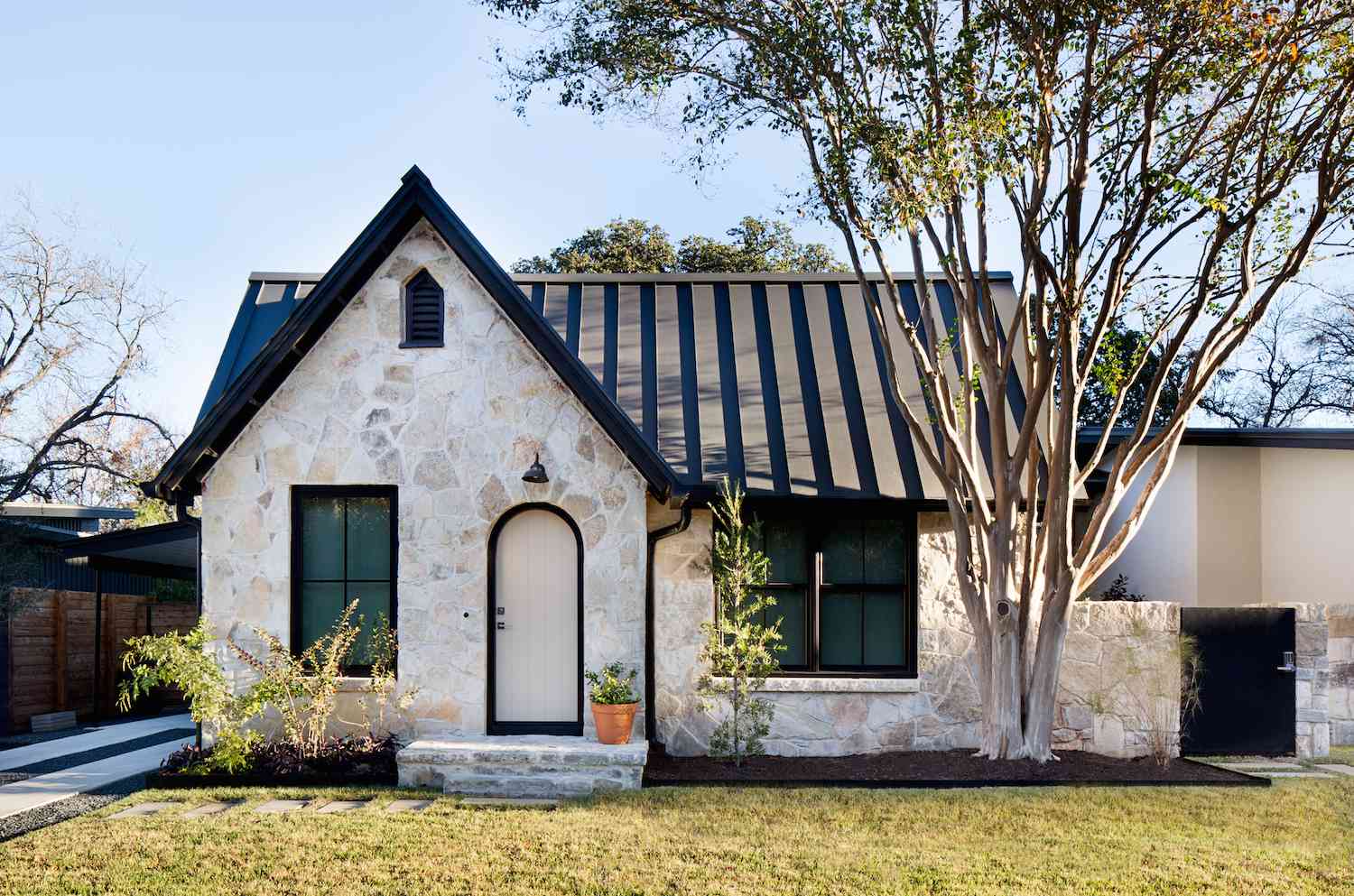
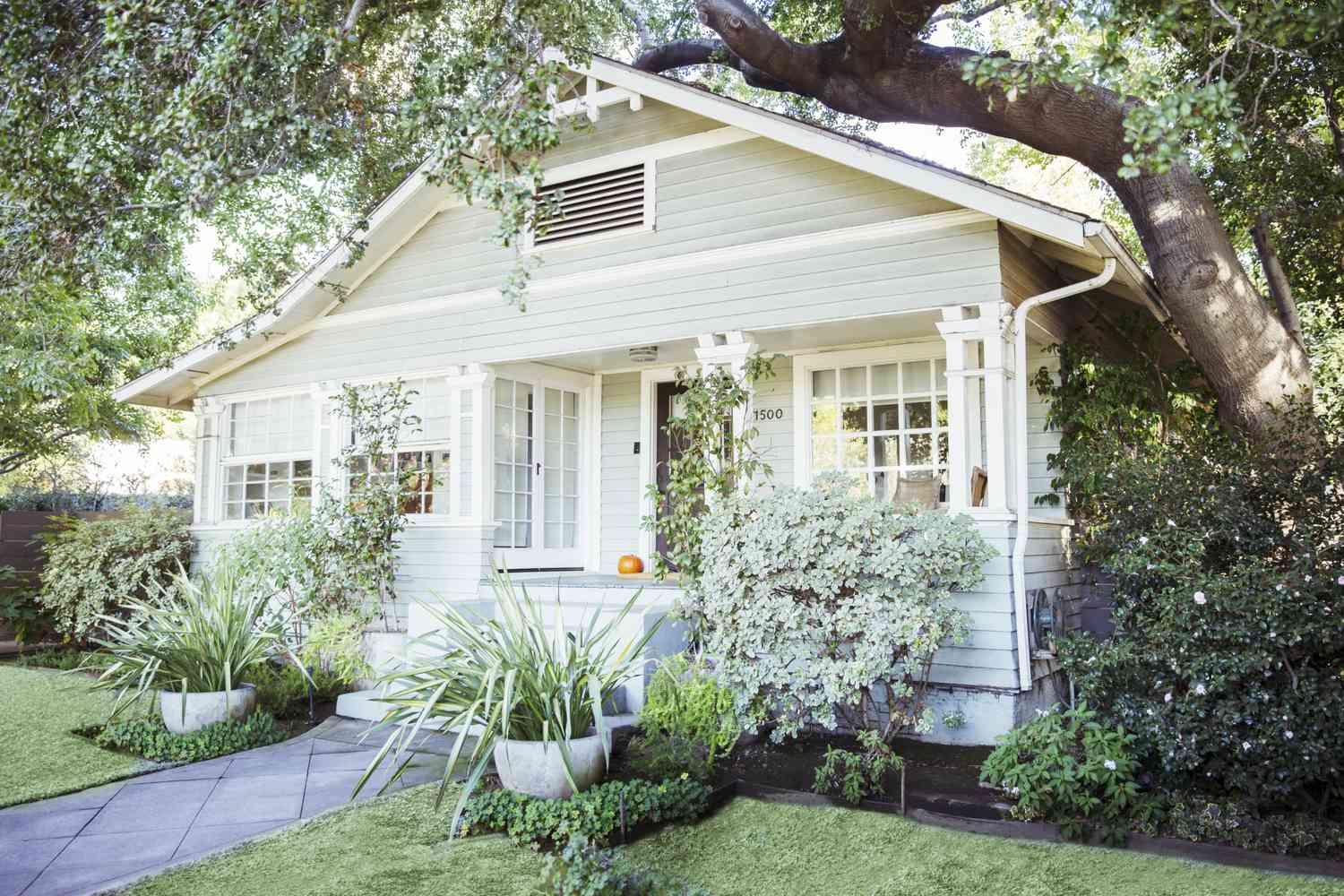
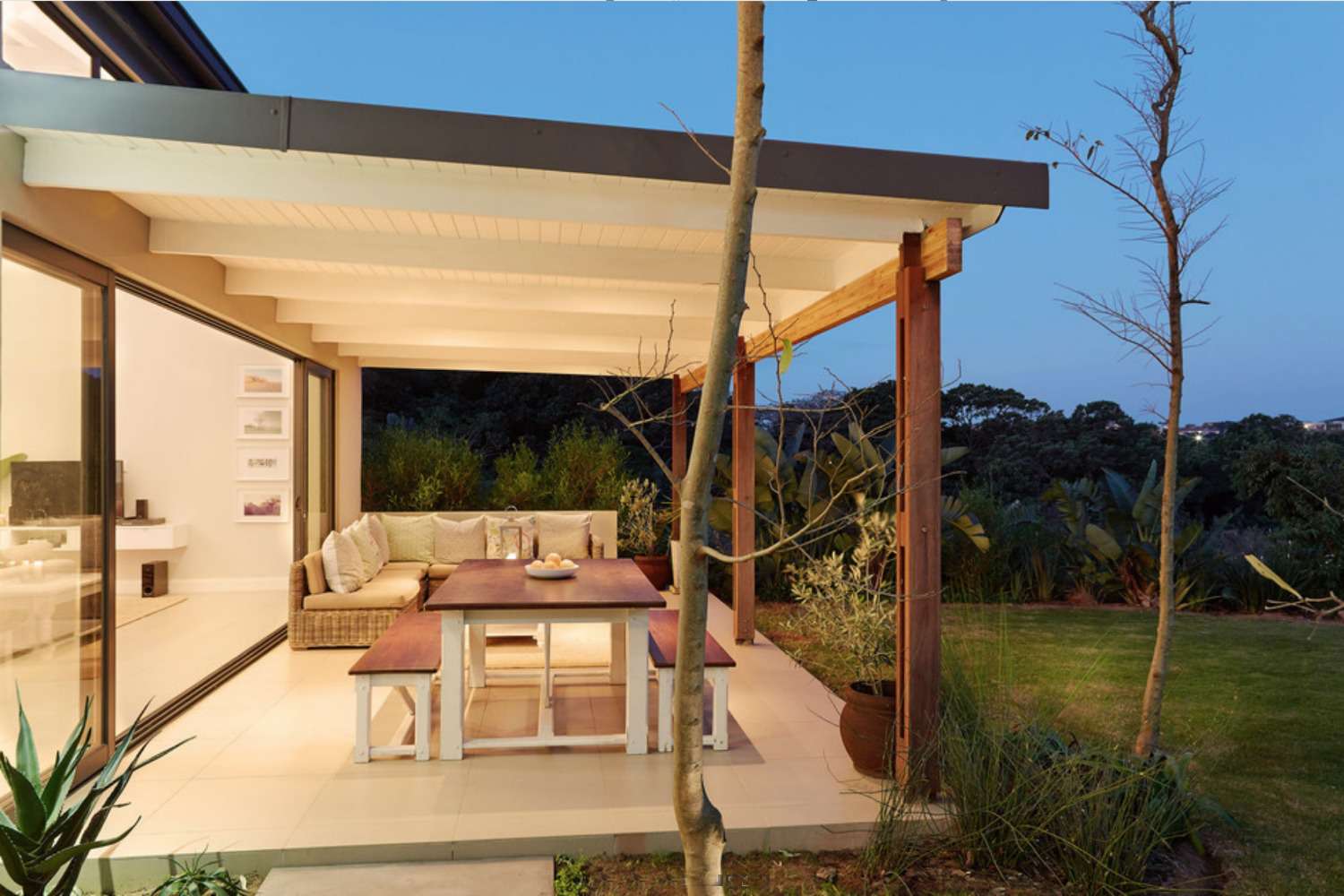
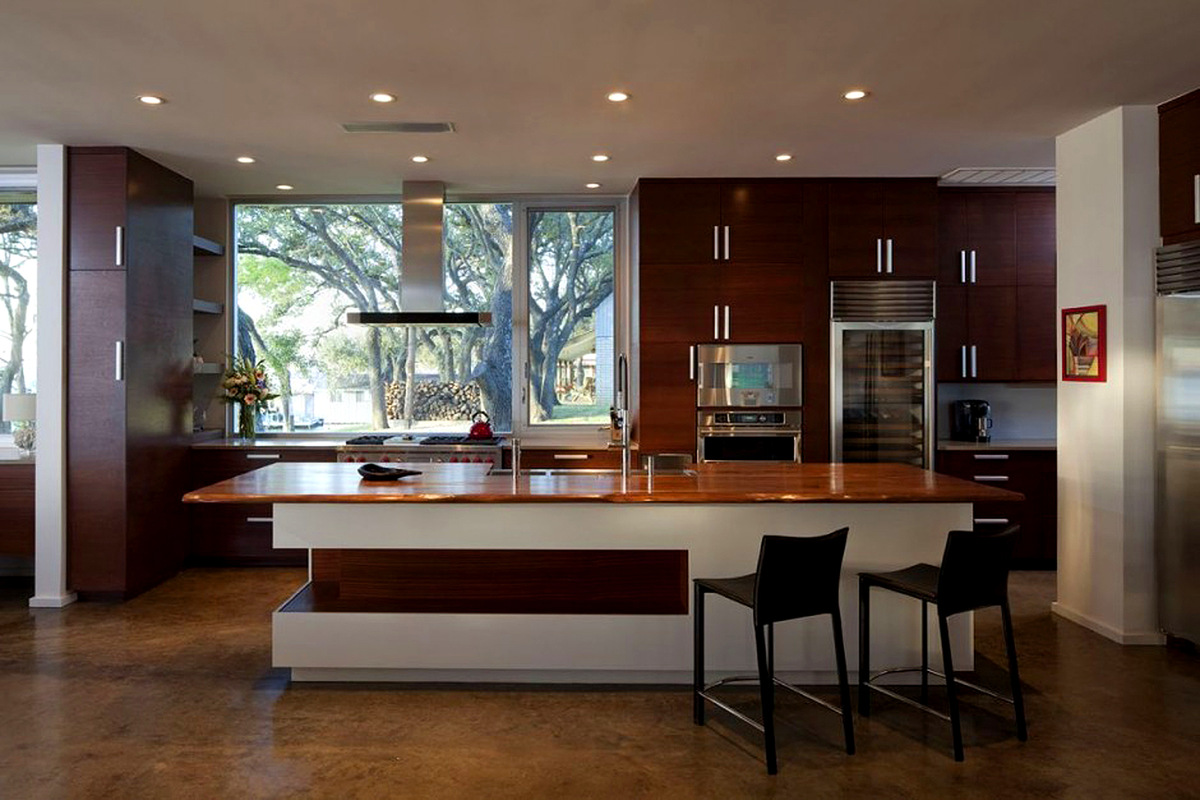
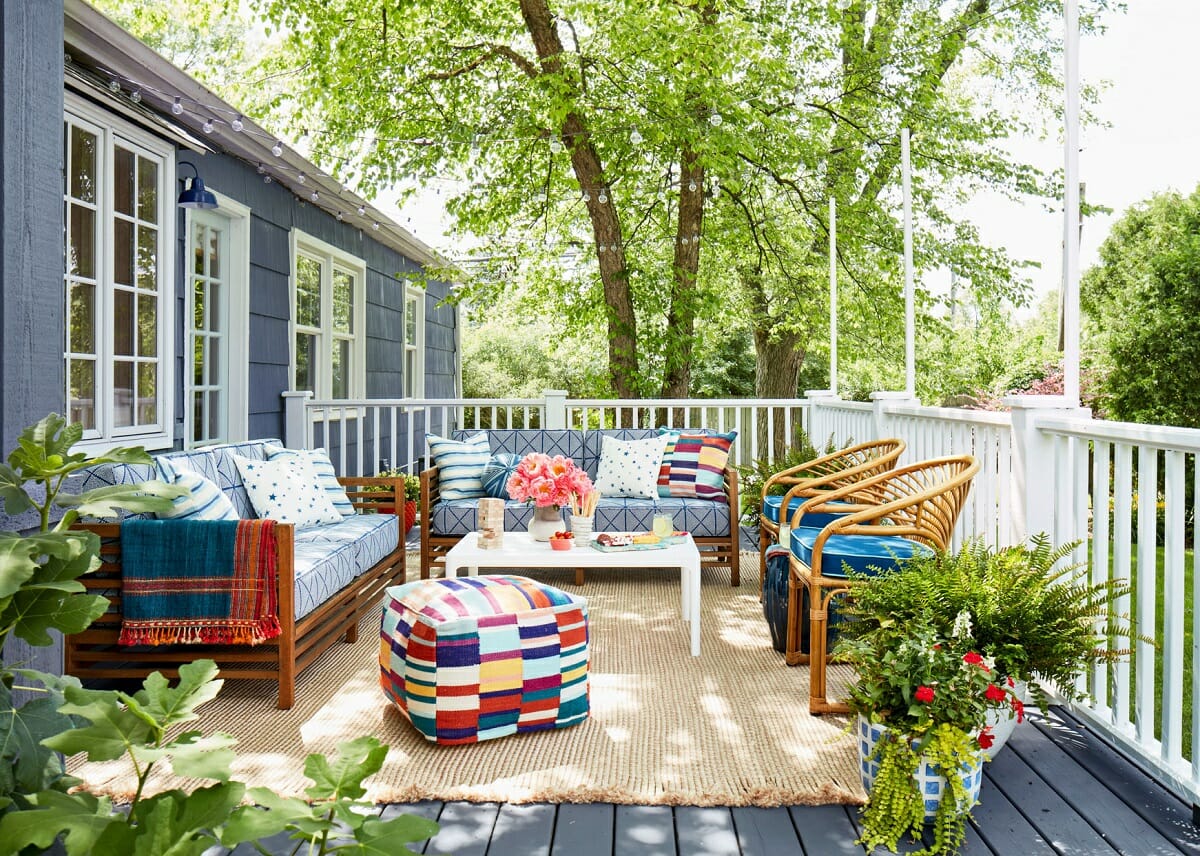
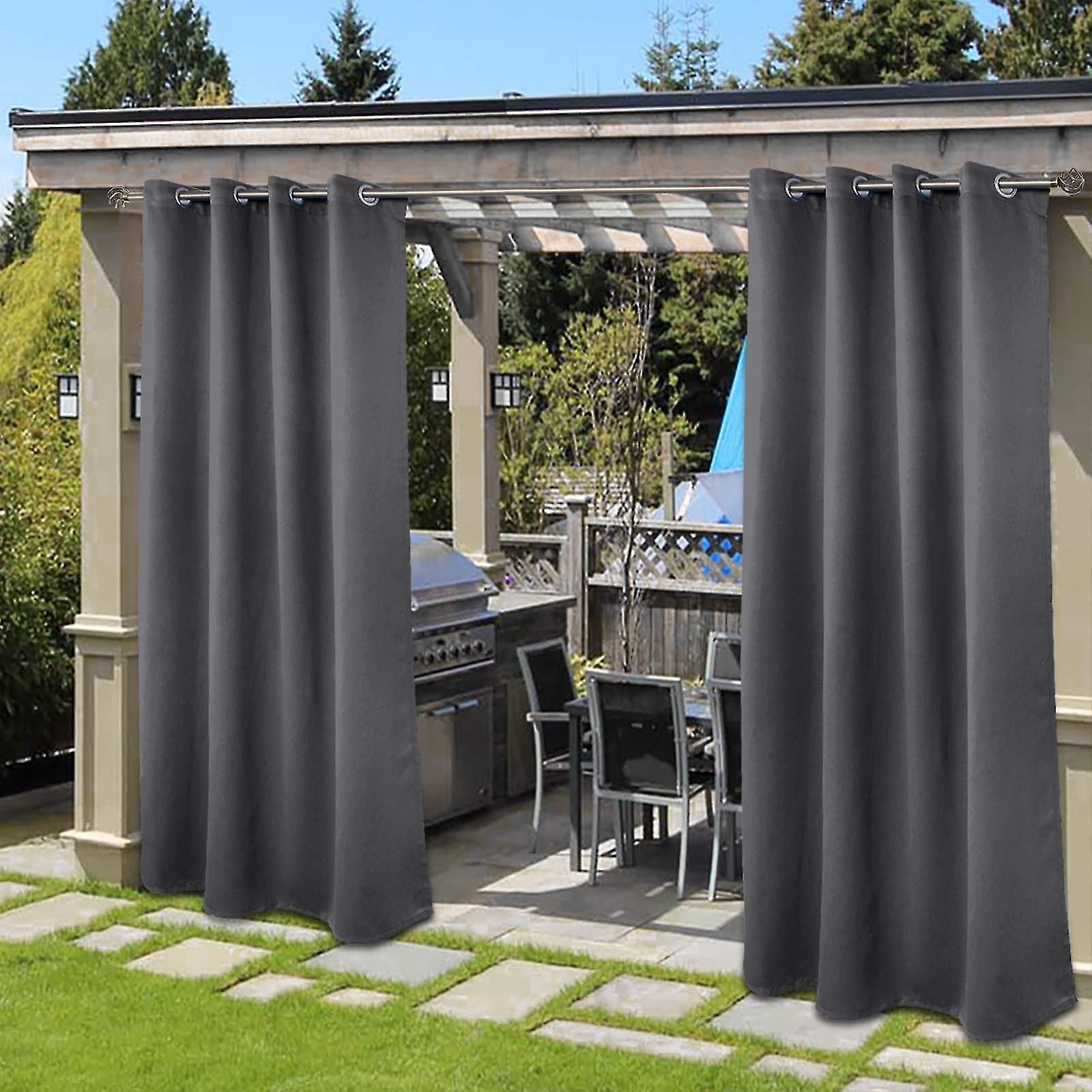
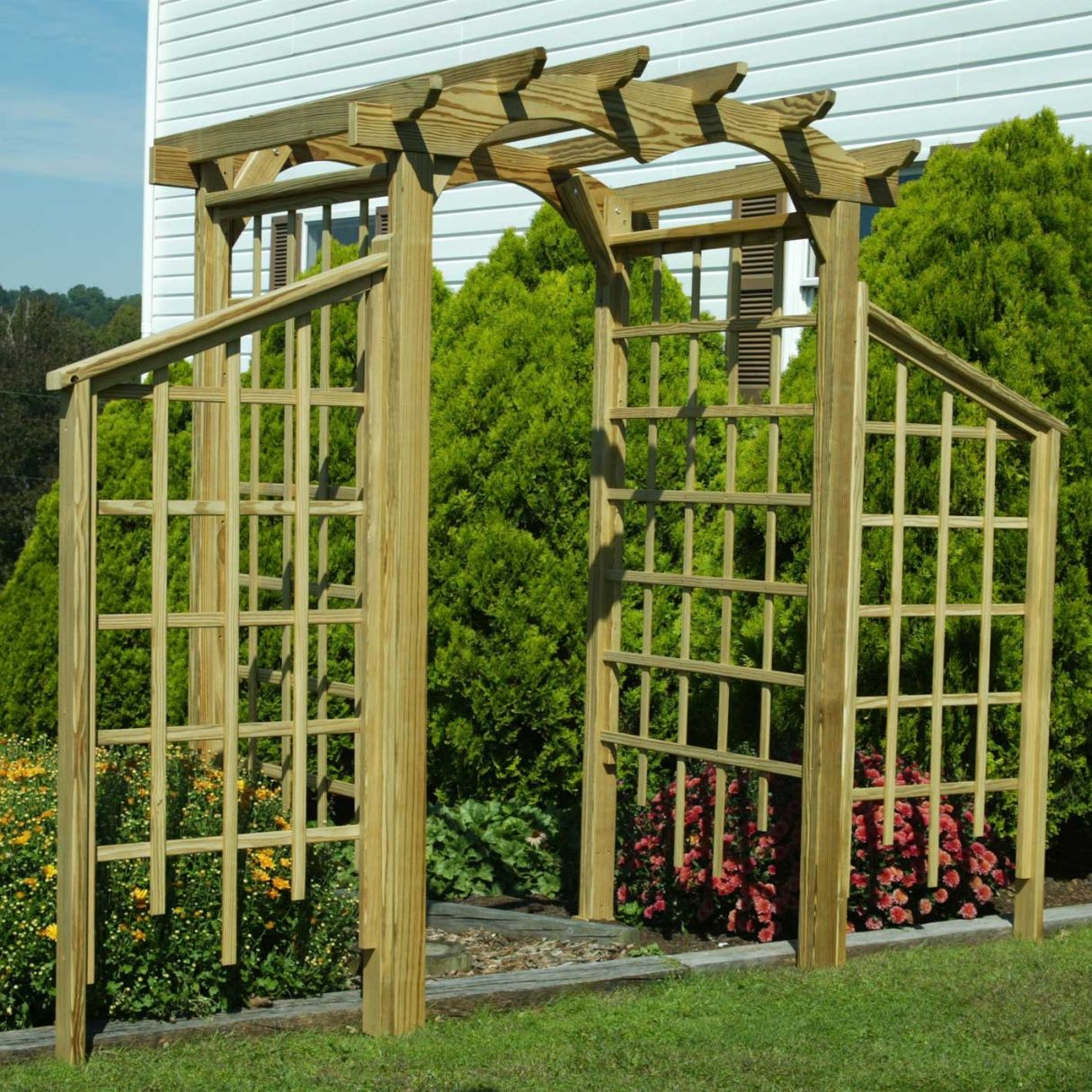
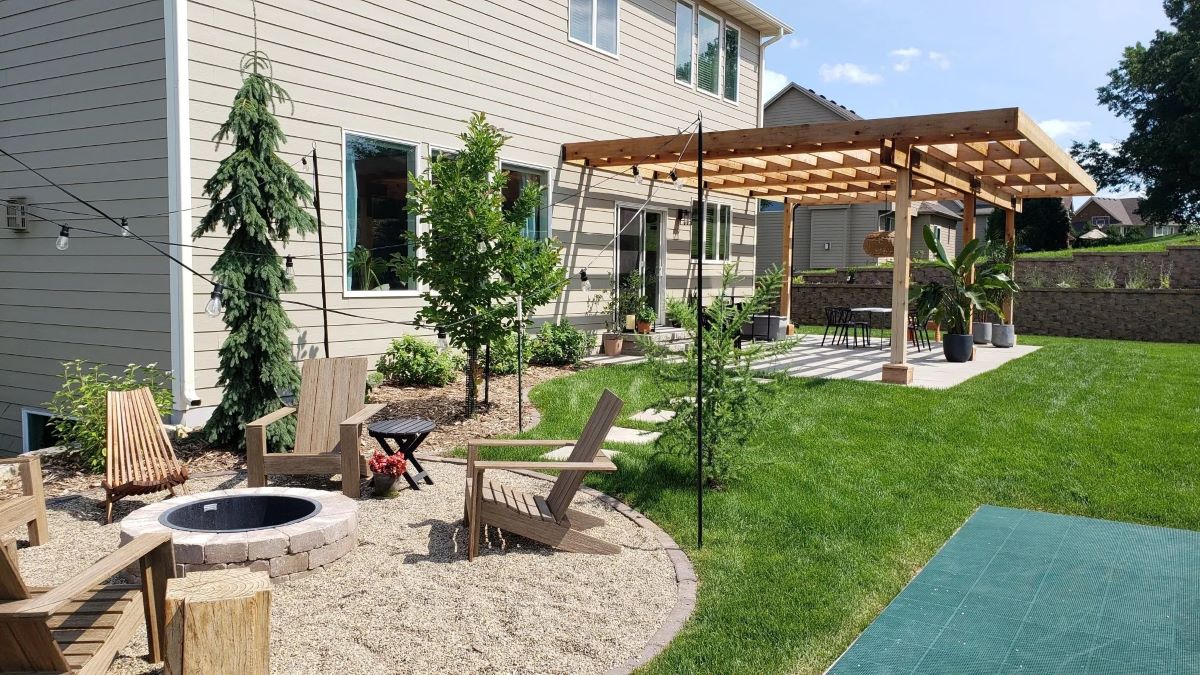
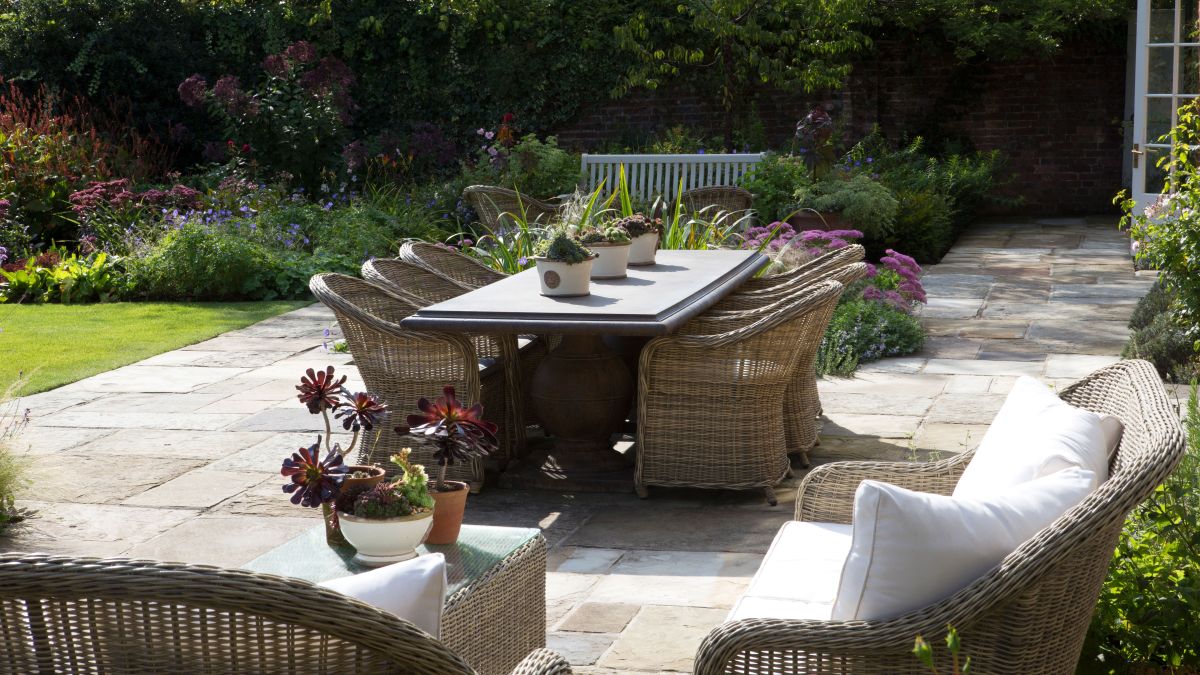
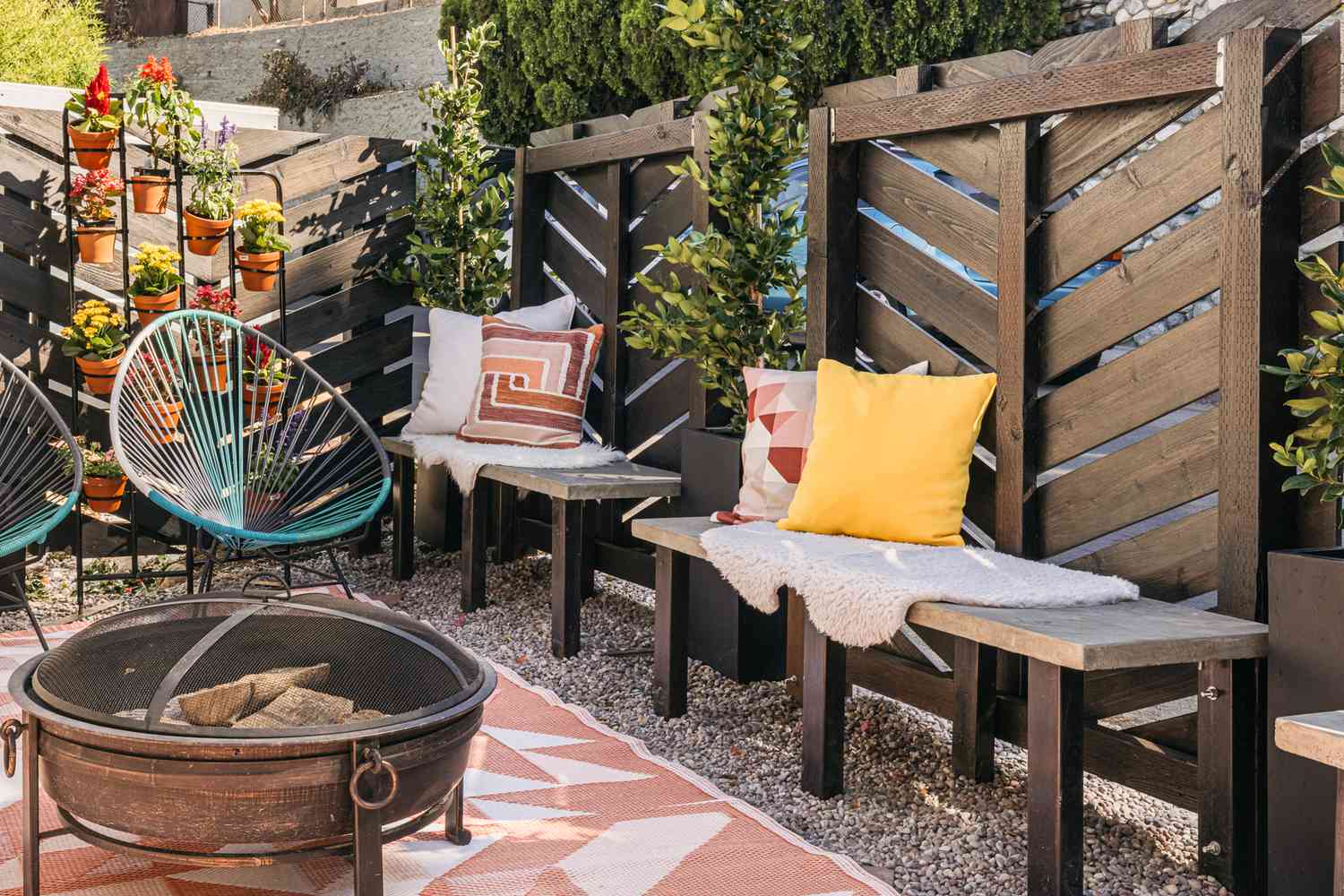
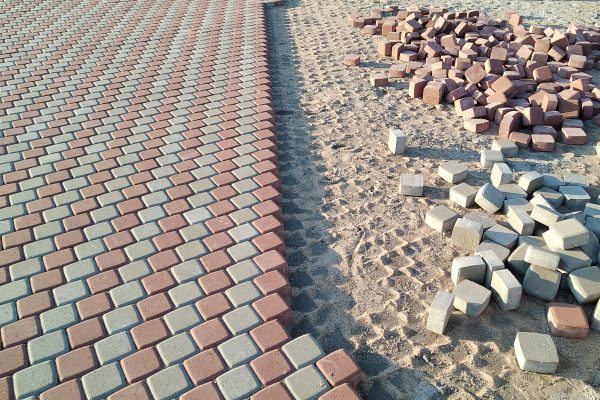
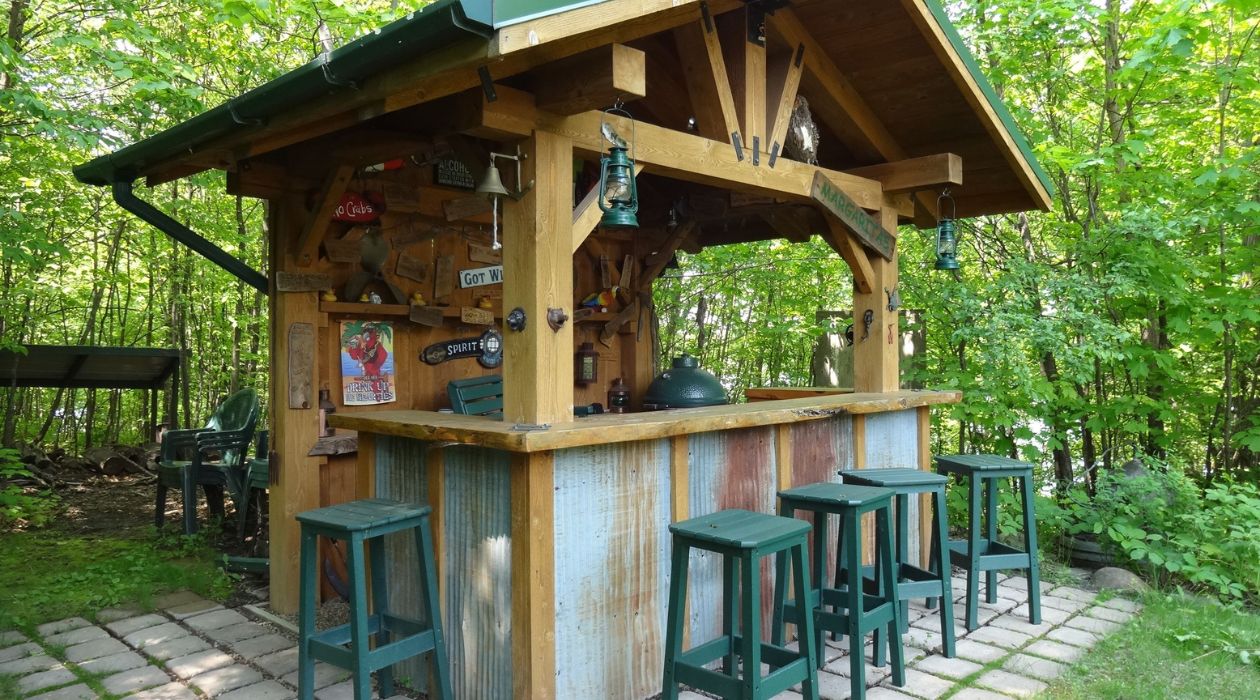

0 thoughts on “15 Patio Design Tips For A Charming Outdoor Space”